Are you about to tackle some housework and are looking for information on PVC flooring? You’re in the right place, here’s everything you need to know, including pros and cons.
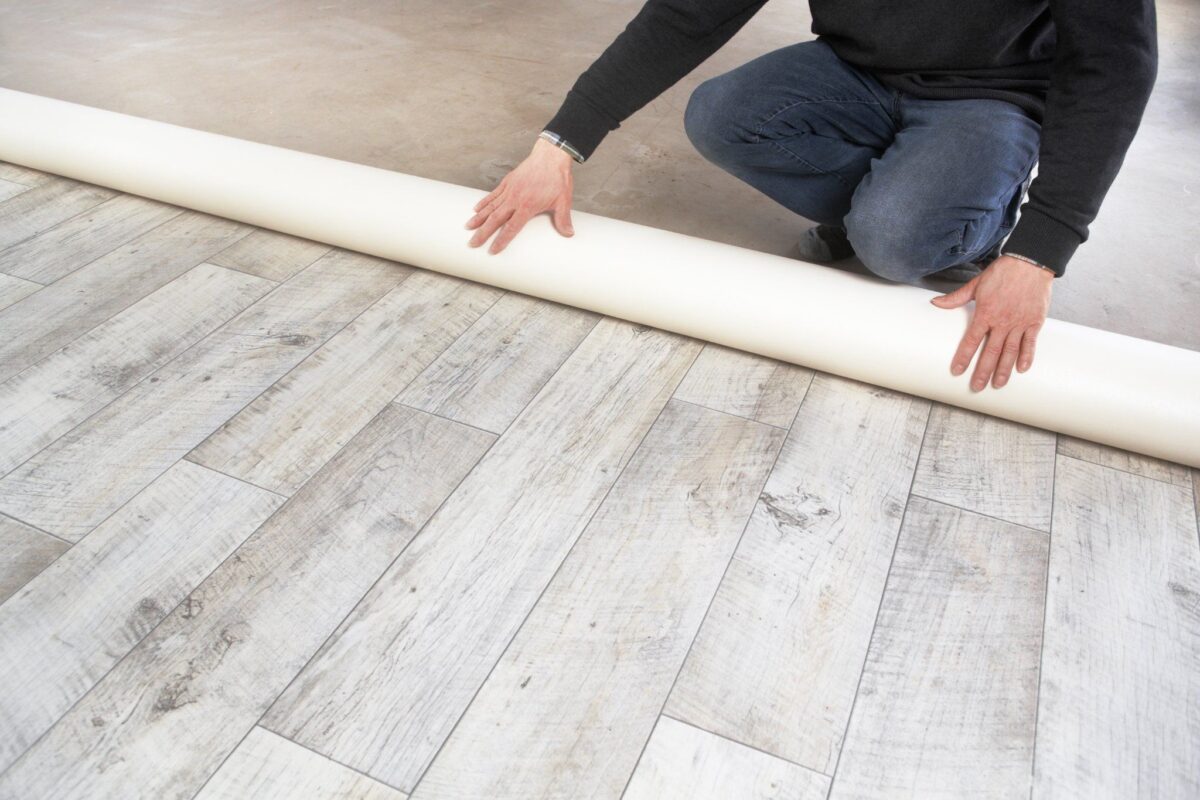
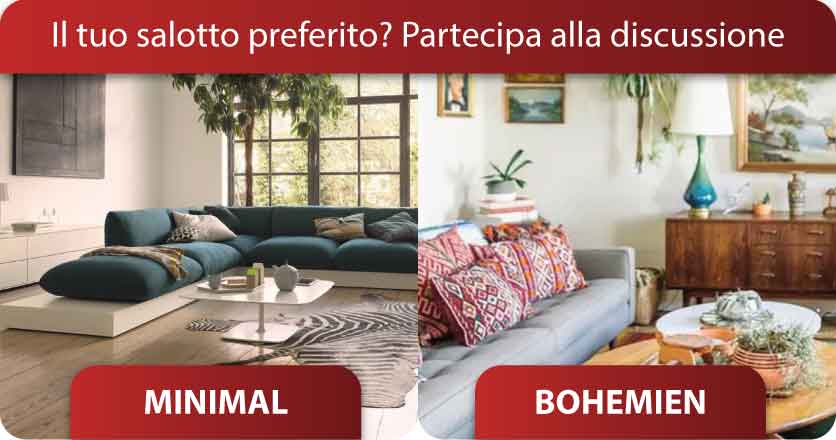
Nowadays the PVC floors are classified as valid alternatives to classic coatings that is parquet and ceramic tiles. Initially used exclusively in large structures such as schools, gyms and hospitals, polyvinyl chloride, the technical name of PVC, is increasingly widespread for commercial and residential use.
This is due to the ease of application that distinguishes him and his cheapness. It is an innovative material, very versatile as it can be molded into any shape. Especially when it comes to a sticker, it can be applied immediately on existing floors, giving a completely new face to every environment.
Read also: Laminate parquet: advantages and disadvantages
In fact, the patterns on the market (imitation wood, parquet-effect slats, stone, marble, linoleum, etc.) they are practically infinite and with a simple application, although we always recommend contacting a professional, you will have a new floor without having to face long and costly renovations.
The latest in PVC coatings are the LVT, Luxury Vynil Tiles, real vinyl tiles which guarantee an excellent combination of practicality and aesthetics. For this reason, they are often used in the kitchen to renovate the hob area.
Before moving on to the pros and cons, let’s dispel a myth about the danger of PVC floors. Like all products sold in the European Union, it is equipped with CE certificate which makes it compliant and within the parameters of the Reach regulation of the European Parliament on chemicals. When buying it, remember to check that it does not contain lead, heavy metals, solvents or harmful plasticizers. It would also be recommended to have the A + class certification which indicates a production with low emission of pollutants.
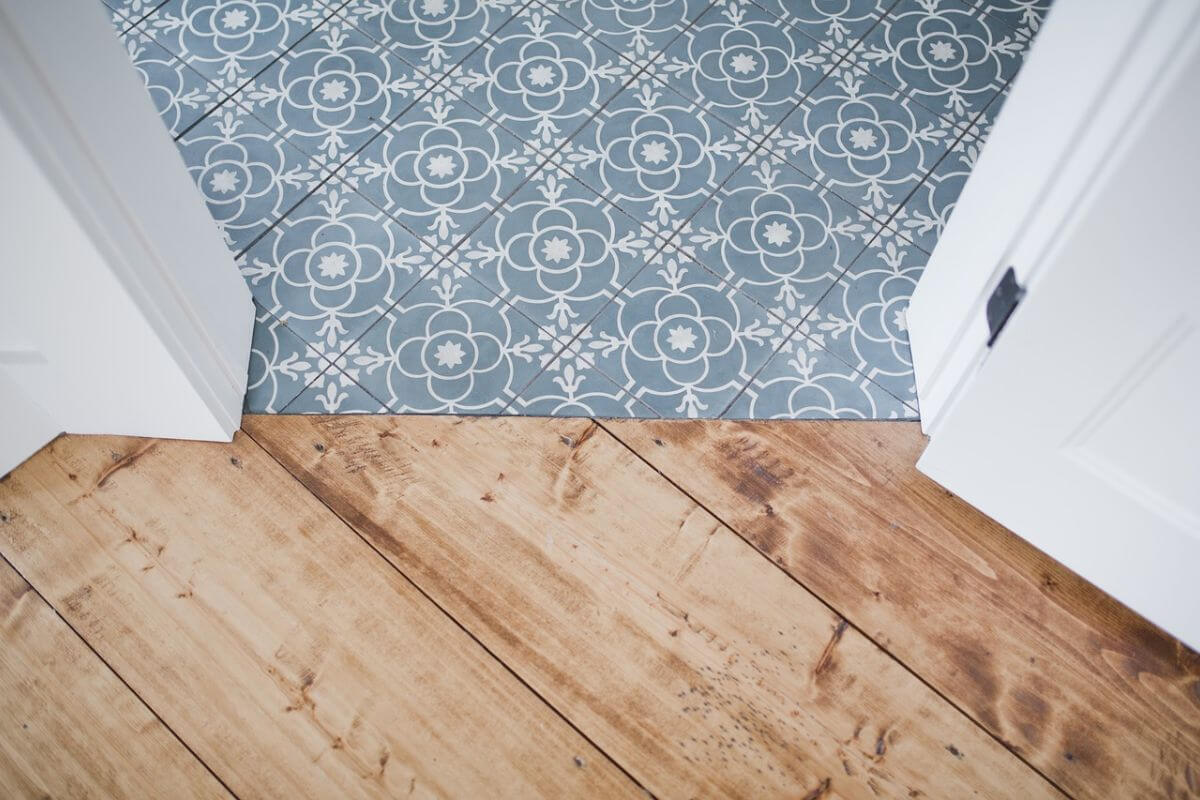
The laying of PVC floors
The application of a vinyl floor is not unique in that there are different product categories: floors in floating PVC, click-fit, free-standing, with installation glued to the floor or wall. Each need corresponds to a different product and a consequent ease of installation.
Still, there are floors with homogeneous structure throughout the thickness or heterogeneous; the latter are used to improve sound insulation and the final yield of the floating installation.
In case of do-it-yourself application, the first thing from to verify is that the existing screed or floor underneath is perfectly smooth and dry and there are no rising damp spots. If, on the other hand, there are any, it will be necessary to solve this problem first, otherwise the PVC will unstick in a short time.
You may be interested in: PVC floor
Remember to start your work from the center of the room in order to cut any excess product directly near doors and walls. A normal cutter will suffice.
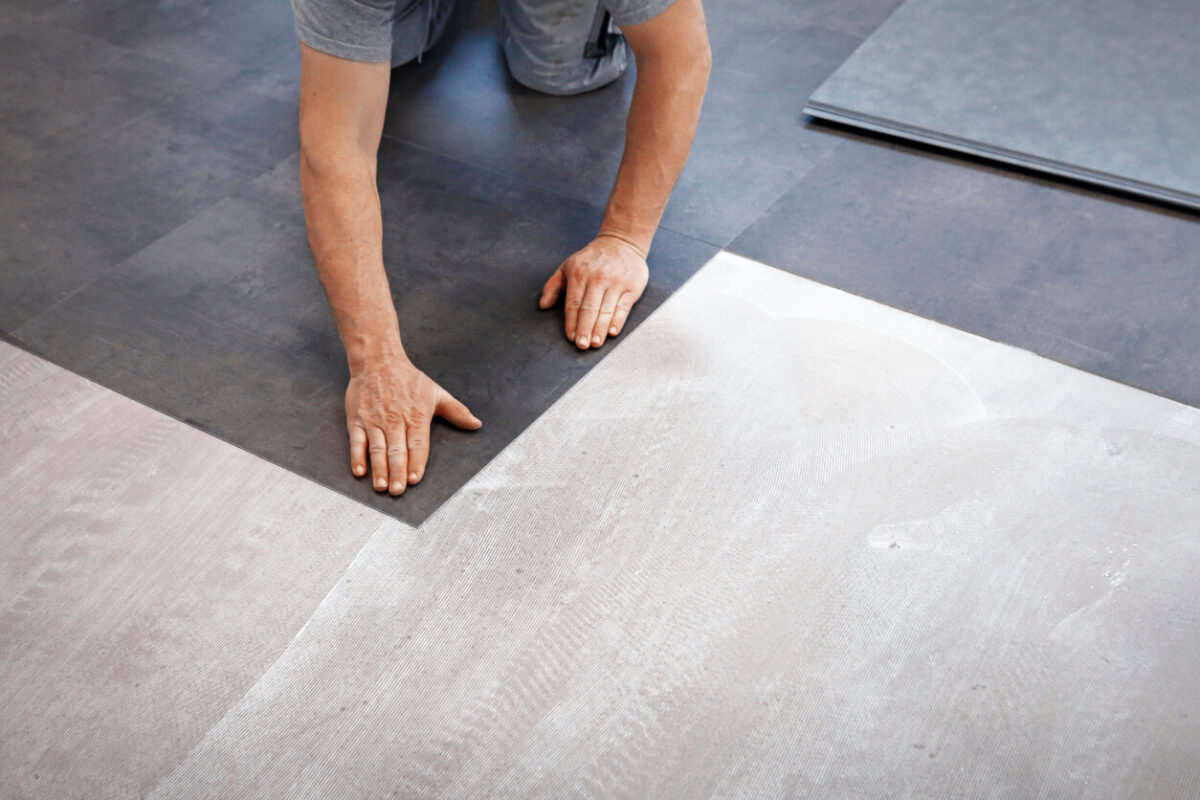
Features and Benefits
The main feature of a self-adhesive PVC floor, as well as the one that makes it ideal for renovations, is its own extremely low thickness. You will understand that since it is an adhesive sheet from 2 mm or even less there will be no need to file doors and French windows, but it will be sufficient to cut them in correspondence with them.
Despite the reduced thickness, a pvc floor looks a lot wear resistant and since completely waterproof it is also the ideal solution for a restyling of humid environments such as bathrooms, kitchens and laundry rooms.
It is a product by its nature non-slip is antistatic, impact and stain resistant, therefore also perfect in the bedroom of the little ones.
Unlike parquet, it requires much less maintenance and is not afraid of the action of sunlight. In some cases or in the presence of some particular patterns, it may discolour after a few years, but in that case it will be sufficient to replace it with the same ease with which you applied it the first time. For its daily cleaning, it will be enough lukewarm water and a neutral detergent.
Finally, a not insignificant feature for those who care about the protection of the environment, keep in mind that PVC is 100% recyclable.
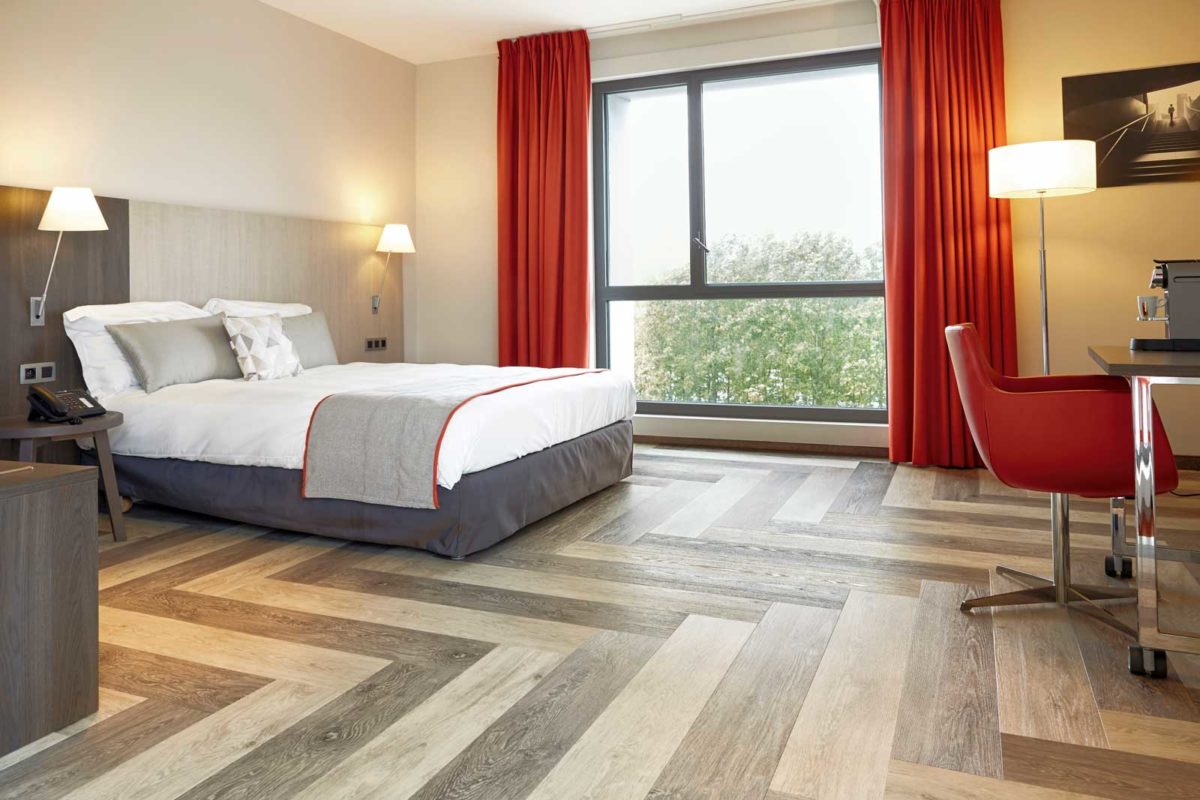
Disadvantages to consider
Well yes, as in everything comes the part of the disadvantages. The PVC floor is resistant to water and stains, but at the same time if in contact with solvent substances (also acetone to remove nail polish) can he easily get damaged.
Again, since it is a plastic coating, it is necessary be very careful in the presence of pointed elements, especially if small and sharp.
Also be careful when moving furniture and chairs because their edges can be just as sharp. About that, we recommend that you always use plastic or rubber discs.
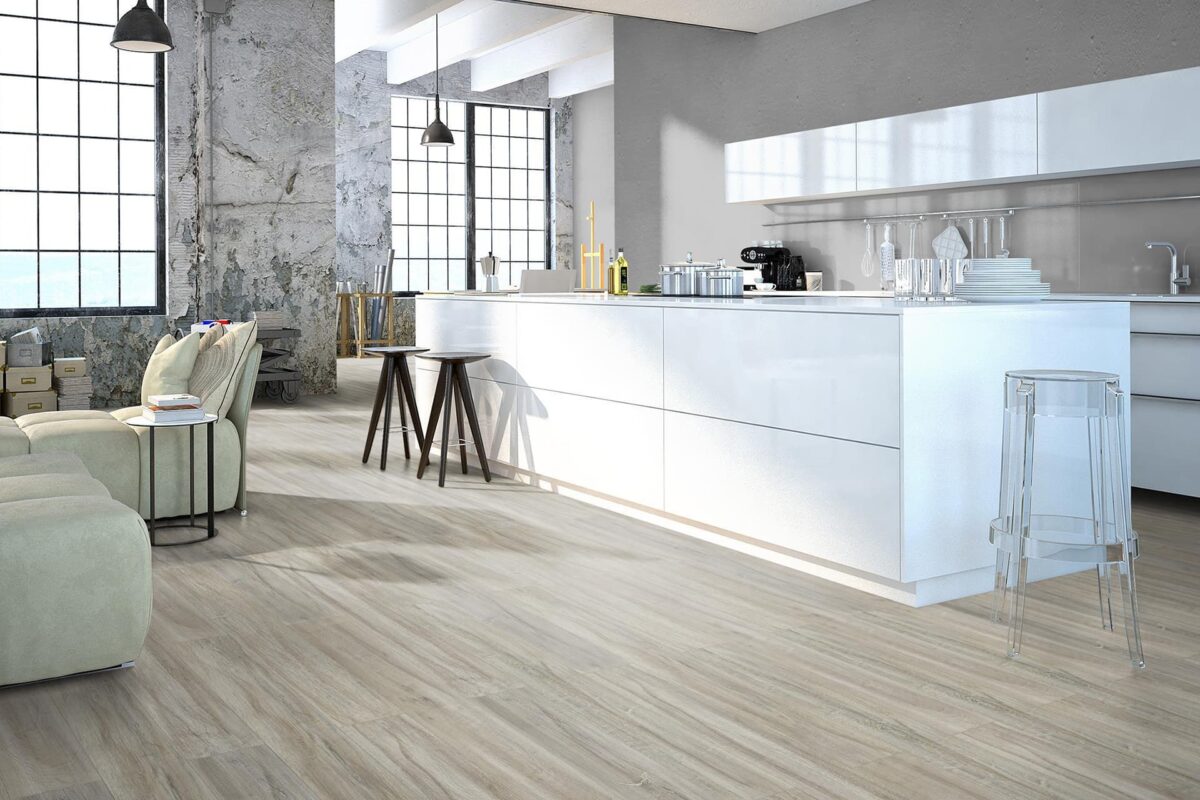
PVC floor, advantages and disadvantages: pictures and photos
Start imagining a pvc floor in your home, take a look at this rich photo gallery.
Are you about to tackle some housework and are looking for information on PVC flooring? You’re in the right place, here’s everything you need to know, including pros and cons.


Nowadays the PVC floors are classified as valid alternatives to classic coatings that is parquet and ceramic tiles. Initially used exclusively in large structures such as schools, gyms and hospitals, polyvinyl chloride, the technical name of PVC, is increasingly widespread for commercial and residential use.
This is due to the ease of application that distinguishes him and his cheapness. It is an innovative material, very versatile as it can be molded into any shape. Especially when it comes to a sticker, it can be applied immediately on existing floors, giving a completely new face to every environment.
Read also: Laminate parquet: advantages and disadvantages
In fact, the patterns on the market (imitation wood, parquet-effect slats, stone, marble, linoleum, etc.) they are practically infinite and with a simple application, although we always recommend contacting a professional, you will have a new floor without having to face long and costly renovations.
The latest in PVC coatings are the LVT, Luxury Vynil Tiles, real vinyl tiles which guarantee an excellent combination of practicality and aesthetics. For this reason, they are often used in the kitchen to renovate the hob area.
Before moving on to the pros and cons, let’s dispel a myth about the danger of PVC floors. Like all products sold in the European Union, it is equipped with CE certificate which makes it compliant and within the parameters of the Reach regulation of the European Parliament on chemicals. When buying it, remember to check that it does not contain lead, heavy metals, solvents or harmful plasticizers. It would also be recommended to have the A + class certification which indicates a production with low emission of pollutants.

The laying of PVC floors
The application of a vinyl floor is not unique in that there are different product categories: floors in floating PVC, click-fit, free-standing, with installation glued to the floor or wall. Each need corresponds to a different product and a consequent ease of installation.
Still, there are floors with homogeneous structure throughout the thickness or heterogeneous; the latter are used to improve sound insulation and the final yield of the floating installation.
In case of do-it-yourself application, the first thing from to verify is that the existing screed or floor underneath is perfectly smooth and dry and there are no rising damp spots. If, on the other hand, there are any, it will be necessary to solve this problem first, otherwise the PVC will unstick in a short time.
You may be interested in: PVC floor
Remember to start your work from the center of the room in order to cut any excess product directly near doors and walls. A normal cutter will suffice.

Features and Benefits
The main feature of a self-adhesive PVC floor, as well as the one that makes it ideal for renovations, is its own extremely low thickness. You will understand that since it is an adhesive sheet from 2 mm or even less there will be no need to file doors and French windows, but it will be sufficient to cut them in correspondence with them.
Despite the reduced thickness, a pvc floor looks a lot wear resistant and since completely waterproof it is also the ideal solution for a restyling of humid environments such as bathrooms, kitchens and laundry rooms.
It is a product by its nature non-slip is antistatic, impact and stain resistant, therefore also perfect in the bedroom of the little ones.
Unlike parquet, it requires much less maintenance and is not afraid of the action of sunlight. In some cases or in the presence of some particular patterns, it may discolour after a few years, but in that case it will be sufficient to replace it with the same ease with which you applied it the first time. For its daily cleaning, it will be enough lukewarm water and a neutral detergent.
Finally, a not insignificant feature for those who care about the protection of the environment, keep in mind that PVC is 100% recyclable.

Disadvantages to consider
Well yes, as in everything comes the part of the disadvantages. The PVC floor is resistant to water and stains, but at the same time if in contact with solvent substances (also acetone to remove nail polish) can he easily get damaged.
Again, since it is a plastic coating, it is necessary be very careful in the presence of pointed elements, especially if small and sharp.
Also be careful when moving furniture and chairs because their edges can be just as sharp. About that, we recommend that you always use plastic or rubber discs.

PVC floor, advantages and disadvantages: pictures and photos
Start imagining a pvc floor in your home, take a look at this rich photo gallery.

